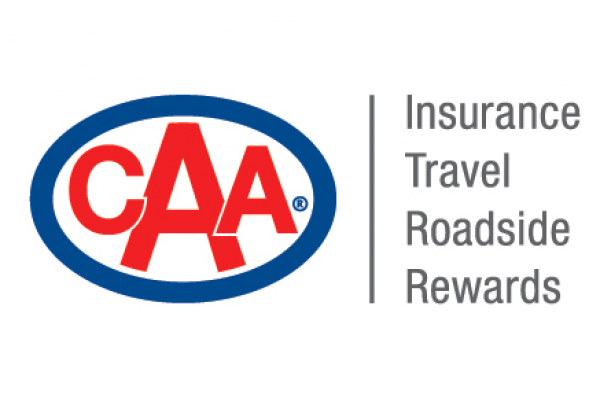Winnipeg, MB, May 24, 2022 – A provincial road that connects Seven Sisters Falls through Manitoba’s Whiteshell Provincial Park is the province’s Worst Road.
Provincial Road 307 is the dubious “winner” of CAA Manitoba’s Worst Roads contest for 2022, says Heather Mack, Manager, Government and Community Services.
“This is the first time a rural road has made the top of our list,” says Mack.
“But it’s not a surprise – more rural roads have been making our Top 10 list as the annual contest goes on.”
A resident who lives near Otter Falls, which is in the Whiteshell off of PR 307, tells CAA Manitoba that the road is even worse in the winter – thanks to how much the road heaves in the cold.
“It just comes up and if you aren’t careful, you go flying,” he says, noting the province has erected warning signs, but has not fixed the heaving.
Last week, the road was closed due to overland flooding, which should be a wake-up call to governments, says Mack.
“Climate change affects our infrastructure as much as anything else,” she says. “We need to be pro-active in preparing our roads so these vital community links, especially in rural Manitoba, are not cut off.”
Winnipeg’s Saskatchewan Avenue came in second due to its numerous patches and potholes – including one pothole that was so deep, a local man took a photo of himself standing waist-deep inside it.
It’s not just potholes that CAA Manitoba asked Manitobans to think about when voting for their worst road.
Lack of active transportation paths, lack of safe and accessible access, poor or no signage, bad design or poor maintenance all went into this year’s voting.
This year’s Top 10 list for Manitoba:
1. Provincial Road 307
2. Saskatchewan Avenue, Winnipeg
3. Waller Avenue, Winnipeg
4. Provincial Trunk Hwy 34, Pilot Mound/Crystal City
5. 18th Street, Brandon
6. Provincial Trunk Hwy 44, Lockport to Whiteshell
7. Leila Avenue, Winnipeg
8. Kenaston Boulevard, Winnipeg
9. Dawson Road North, Winnipeg
10. Goulet Street, Winnipeg
Last year’s winner, Taylor Avenue, dropped off the provincial Top 10 list thanks to recent reconstruction efforts by the City of Winnipeg, but is still in the Top 10 list for Winnipeg.
“This contest provides a snapshot of what Manitobans are experiencing out on our roads. We are pleased to see some of the usual roads on our list get moved down or fall off as local governments take action,” says Mack.
“We are here to advocate for the safest roads possible for Manitobans – no matter whether they drive, bike, use transit or walk.”
Photos and video of Manitoba’s Worst Road: https://bit.ly/3yP1wNl
Other Regional “Winners”
Winnipeg’s worst:
1. Saskatchewan Avenue
2. Waller Avenue
3. Leila Avenue
4. Kenaston Boulevard
5. Dawson Road North
6. Goulet Street
7. Taylor Avenue
8. Portage Avenue
9. Narin Avenue
10. Empress Street
Southern Manitoba’s worst:
1. Provincial Road 307
2. Provincial Trunk Hwy 34
3. 18th Street, Brandon
4. Provincial Trunk Hwy 44
5. Provincial Road 250
6. Main Street, Selkirk
7. Trans-Canada Highway, Brandon
8. Provincial Trunk Hwy 23, Morris
9. Provincial Trunk Hwy 12
10. Provincial Road 450
Portage La Prairie’s Worst:
1. Lorne Avenue West.
2. Saskatchewan Avenue
Brandon’s Worst:
1. 18th Street.
2. Trans-Canada Highway
Thompson’s Worst:
1. Provincial Trunk Hwy 6.
2. Hayes Road
Morden’s Worst:
1. Provincial Road 432.
2. 1st Street
Selkirk’s Worst:
1. Main Street
2. Manitoba Avenue
Steinbach’s Worst:
1. Loewen Boulevard
2. Park Road West





